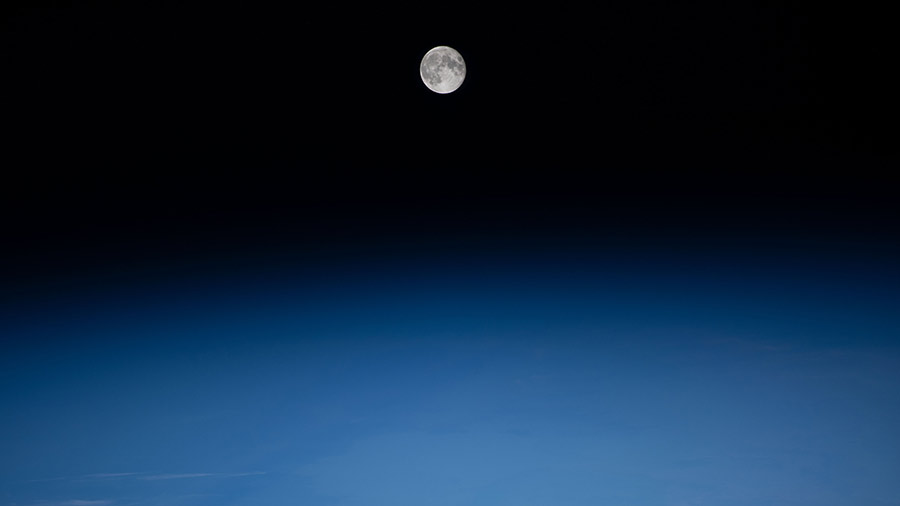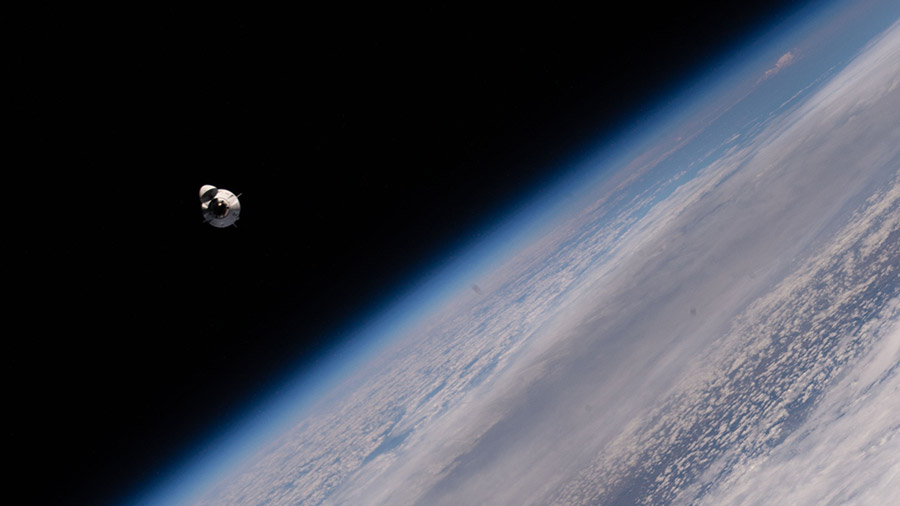
Space biology and Earth science were the main research objectives aboard the International Space Station on Wednesday. The Expedition 70 crew also continued its ongoing cargo operations and spacewalk preparations.
NASA astronauts Jasmin Moghbeli and Loral O’Hara focused on a pair of different life science experiments to help keep crews healthy during long-term missions. The research contributes not only to the knowledge of microgravity’s affect on humans but also informs countermeasures and innovations to protect future crews exploring farther away from Earth.
Moghbeli began her day using a portable DNA detection device that can be found in laboratories and classrooms on Earth to identify bacteria extracted from water samples collected aboard the orbital outpost. Known as BioMole, the study is demonstrating the ability to monitor the spacecraft’s microbial environment without sending samples back to Earth for analysis. O’Hara continued her CIPHER studies, a suite of 14 human research experiments, wearing a vest and headband packed with sensors measuring heart rate, blood pressure, temperature, and more. The Bio-Monitor wearables from CSA (Canadian Space Agency) comfortably track an astronaut’s health while minimally interfering with their daily activities.
Commander Andreas Mogensen of ESA (European Space Agency) worked in the cupola Wednesday pointing a digital camera toward the Moon for the Earthshine experiment. He was photographing the lunar surface to image sunlight reflecting off Earth, also known as albedo, for insights into our planet’s changing climate. Next, he tested a unique camera and its ability to observe thunderstorms and their electrical activity at 100,000 frames per second. Results may improve atmospheric knowledge and promote future space applications.
Flight Engineer Satoshi Furukawa of JAXA (Japan Aerospace Exploration Agency) continued unpacking supplies and loading trash inside the Cygnus space freighter. At the end of the day, he joined O’Hara in the Quest airlock and inspected spacesuit arm and leg components.
Cosmonauts Oleg Kononenko and Nikolai Chub kept up their preparations for a spacewalk scheduled on Oct. 25. The duo first reviewed the steps necessary to transfer their pressurized Orlan suits in the Poisk airlock. Afterward, both flight engineers pedaled on an exercise cycle to evaluate their physical fitness ahead of next week’s spacewalk. The two cosmonauts are expected to spend about seven hours conducting external maintenance on the Roscosmos segment of the space station.
Flight Engineer Konstantin Borisov began his day with orbital plumbing duties inside the Nauka science module. In the afternoon, Borisov inspected surfaces on the inside of the Zvezda service module before closing Roscosmos module windows and finalizing the plumbing work in Nauka.
Learn more about station activities by following the space station blog, @space_station and @ISS_Research on X, as well as the ISS Facebook and ISS Instagram accounts.
Get weekly video highlights at: https://roundupreads.jsc.nasa.gov/videoupdate/
Get the latest from NASA delivered every week. Subscribe here: www.nasa.gov/subscribe



